This post may contain affiliate links. Please see our disclosure policy.
Watermelon canning recipes can be hard to find, but there’s no better way to preserve watermelon right on your pantry shelf. Don’t let those fresh summer fruits spoil, can them instead!
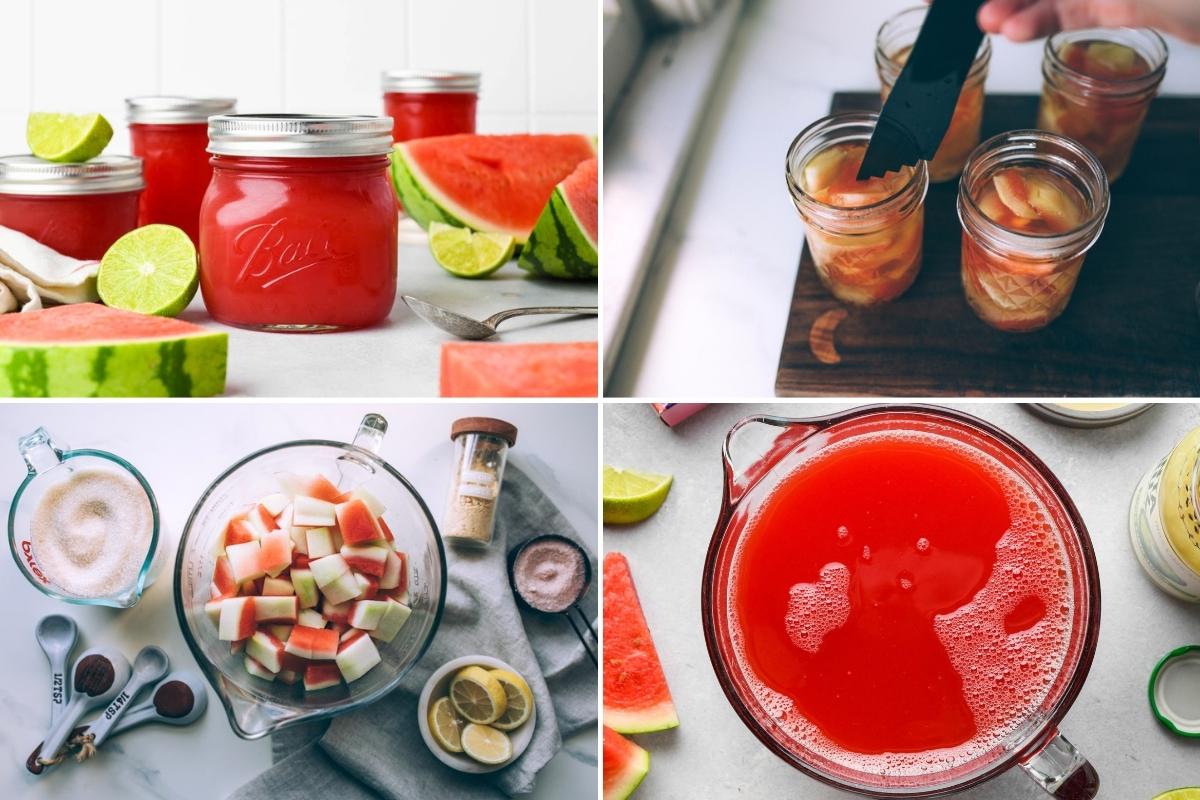
Watermelon is one of those crops that comes in by the truckload in the summertime. My husband and I absolutely love fresh watermelon, so much so that we’ve talked about going on a watermelon fast for a week or more in July…just so we can eat enough to take us through the whole year.
The thing is, there’s always more watermelon than you can eat, even if you eat nothing but watermelon for a week straight.
In Ukraine, they have an especially good climate for growing watermelon, and they’ve come up with lots of recipes for preserving it in unconventional ways. They cook down the juice for days over an open fire outdoors to make watermelon molasses, and they’ll take whole watermelons and ferment them (like sauerkraut) in old bathtubs before packing them into 55-gallon drums for storage. That’s definitely creative, and the perfect way to put up a tractor-trailer load of watermelon, but not all that practical for most modern US households.
(If you are curious about those methods, they’re discussed in detail in Olia Hercules’ book, Summer Kitchens.)
Watermelon canning recipes are more practical for most people, as they take the flavor of watermelon and preserve it in a jar right on your pantry shelf (no bathtub or cauldron required).
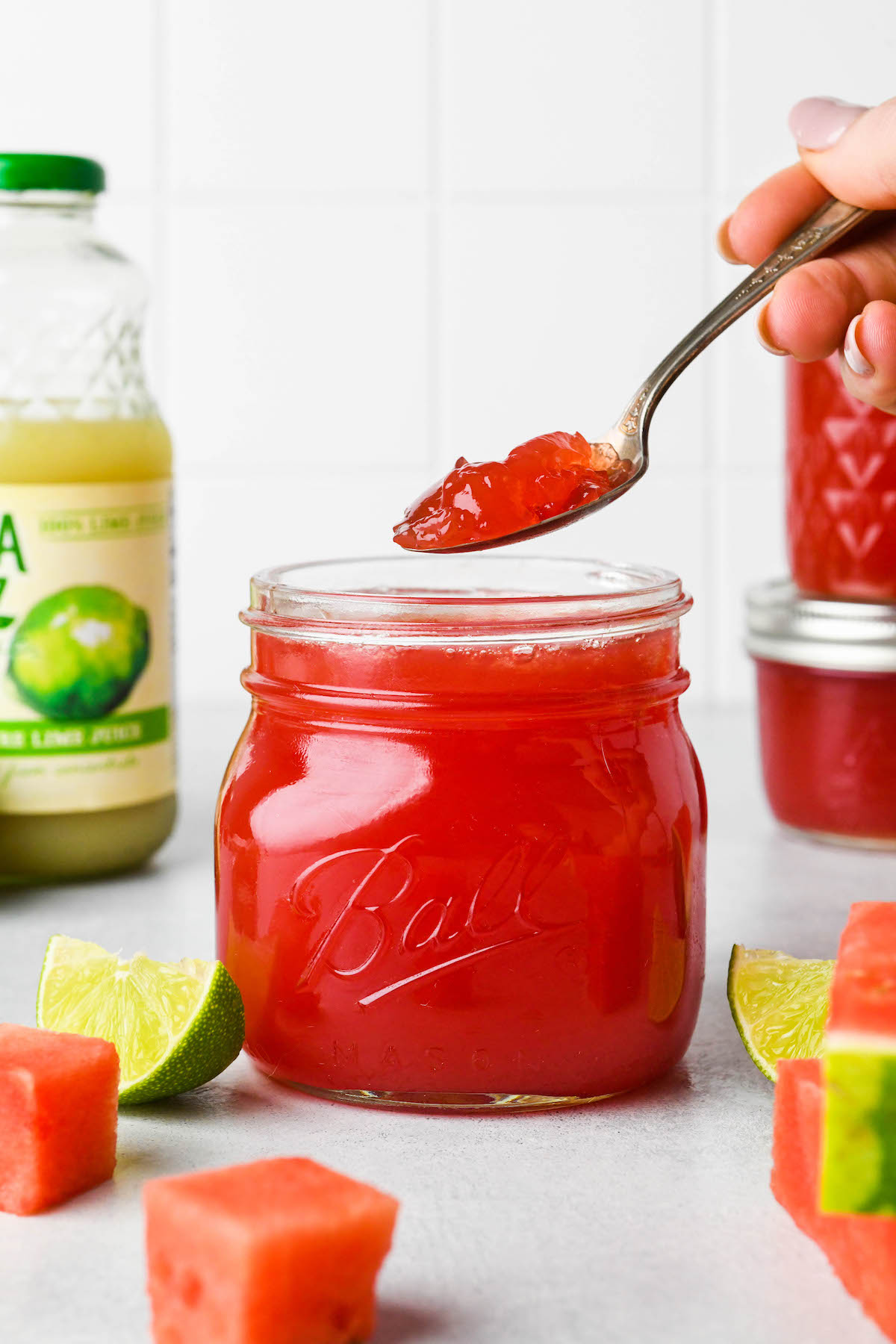
Is Watermelon Safe for Canning?
Watermelon has an average pH of around 5.2 to 5.6, which is not acidic enough for safe canning. Fruits must be below a pH of 4.6 to be safe for canning, which is a good bit more acidic than plain watermelon.
All watermelon canning recipes use a good bit of citrus juice (lemon or lime), vinegar or citric acid so that they’re safe for canning.
When making things like watermelon jam or jelly, lemon, and lime juice are perfect. If you want to get really fancy, you can use bottled key lime juice.
Keep in mind, you’ll need a good bit to drop the pH that much, but that’s ok, as the watermelon flavor really benefits from the added acidity. I think lime juice combines especially well with watermelon, but if you just want the acidity without the citrus flavor, of ahead and use citric acid.
You can substitute citric acid in place of lemon juice in canning recipes at a rate of 1 Tablespoon of lemon juice equals 1/4 teaspoon of citric acid.
Watermelon pickle and relish recipes tend to use both vinegar (for acidity) and lemon (for flavor). Don’t reduce the total amount of citrus, citric acid or vinegar in any watermelon canning recipe.

Watermelon Canning Recipes
Most watermelon canning recipes use either the strained juice of the watermelon (juice and jelly), or the watermelon rind with a small amount of red flesh attached (pickles, preserves, and relishes).
When working with watermelon rind, the outside “green” part is usually peeled off, leaving just the white part with a tiny strip of red attached for color and flavor.
Occasionally, you’ll find a recipe that includes the watermelon pulp, but for the most part, that’s tricky because even “seedless” watermelons still have some seeds.
Generally, you’ll want to process the watermelon flesh and then strain it through cheesecloth to remove both the pulp and seeds before using the inside of a watermelon for canning.
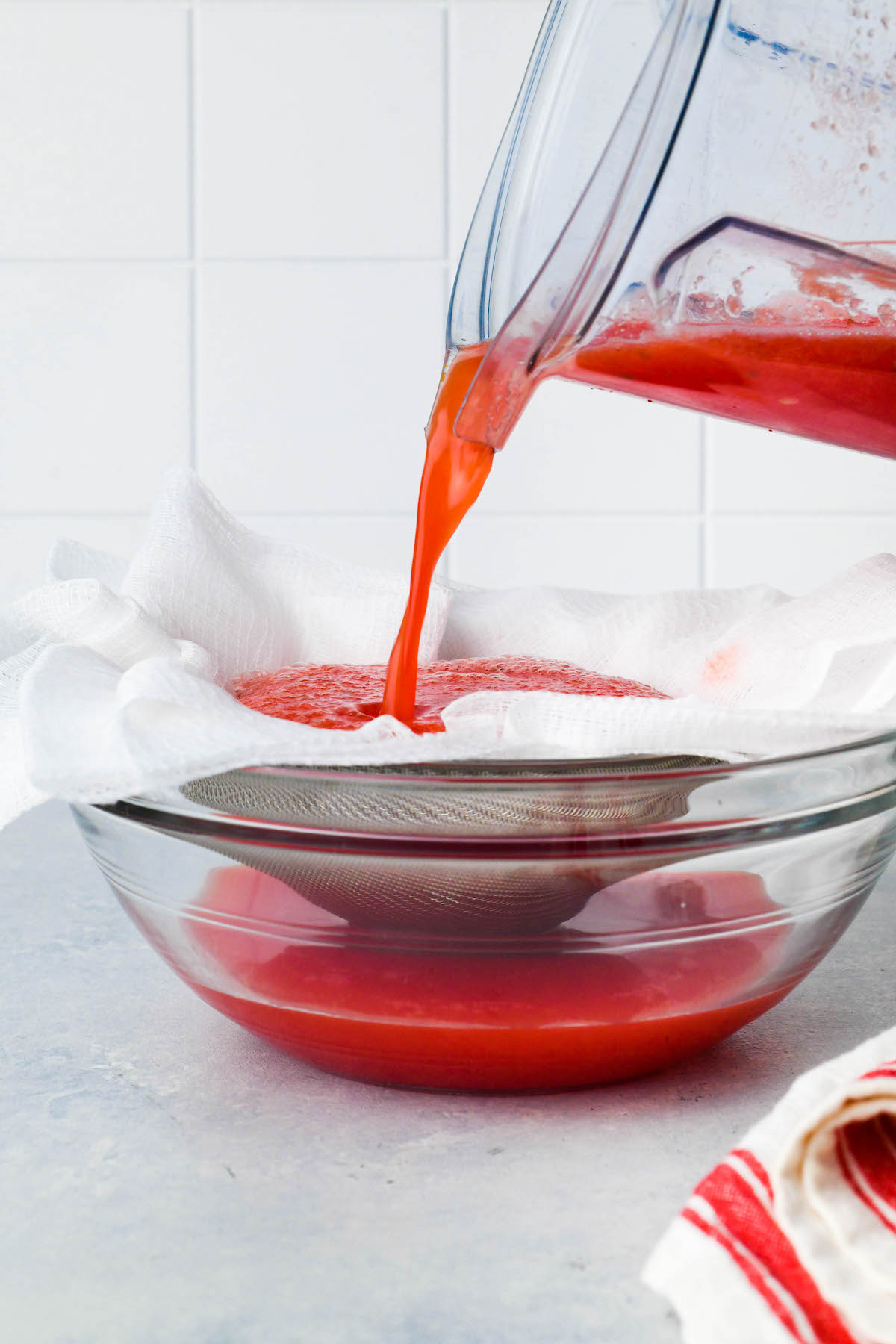
Watermelon Juice Canning Recipes
Since watermelon juice isn’t acidic enough for canning on its own, you do need to add quite a bit of lemon juice to drop the pH. In the end, you’ll have a watermelon lemonade concentrate that’s absolutely delicious.
You can, of course, use lime juice instead, and it’s particularly good with bottled key lime juice.
If you really must have canned watermelon juice without any lemon or lime flavor, be sure to add enough citric acid to drop the pH to safe levels. Use a watermelon lemonade concentrate recipe and substitute citric acid at a rate of 1 Tablespoon of lemon juice equals 1/4 teaspoon of citric acid.
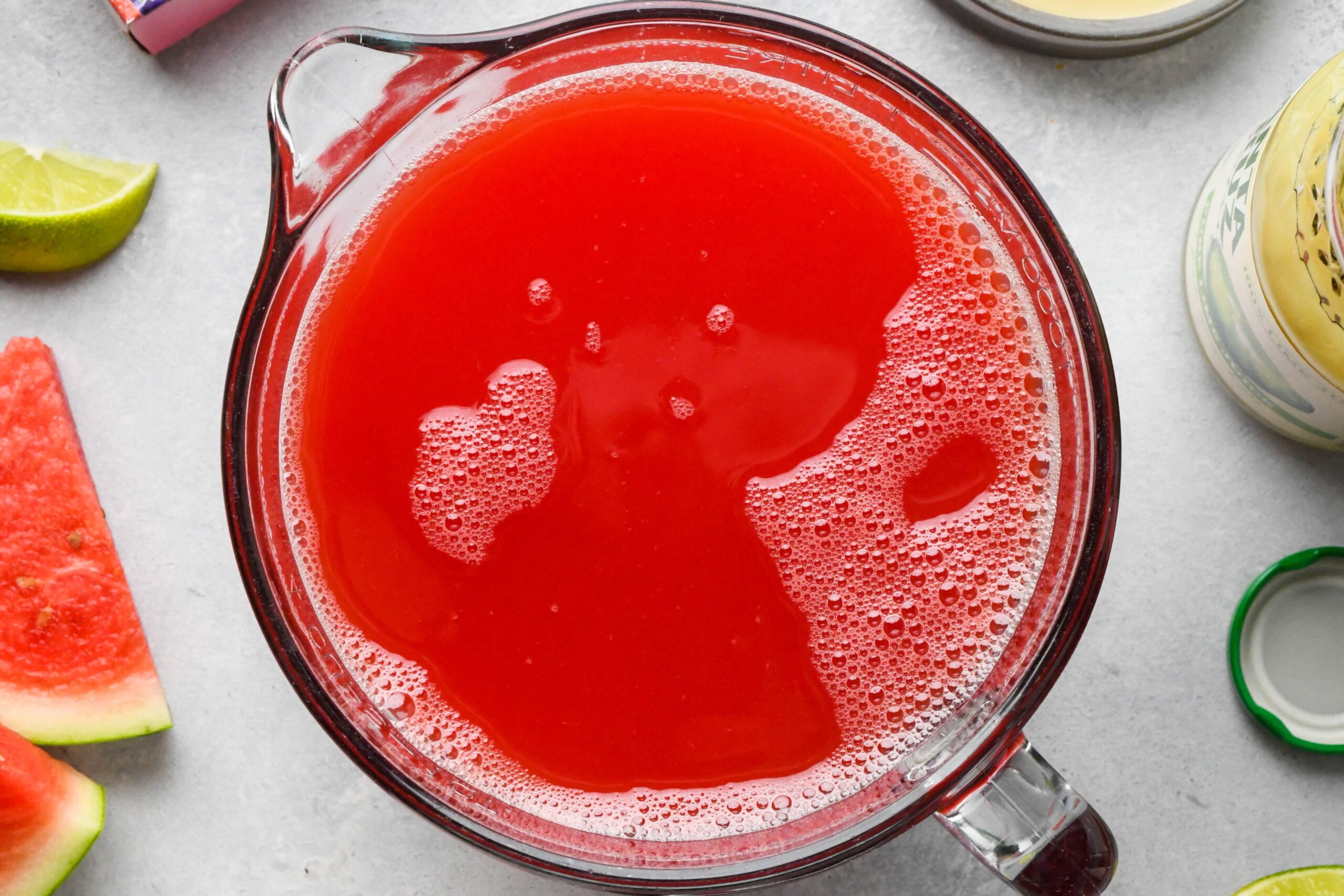
Watermelon Jam and Jelly Canning Recipes
Many watermelon canning recipes focus on the rind, but jam and jelly are some of the better ways to get the fresh flavor of watermelon into a jar.
I like to make jelly because it’s nice and smooth, but you can also make jam by using pureed pulp (without straining). Simply start with a seedless watermelon, and then puree. Use the puree in place of the juice in my watermelon jelly recipe.
Don’t skip the lemon or lime juice, it really makes the jelly (and it’s required for canning).
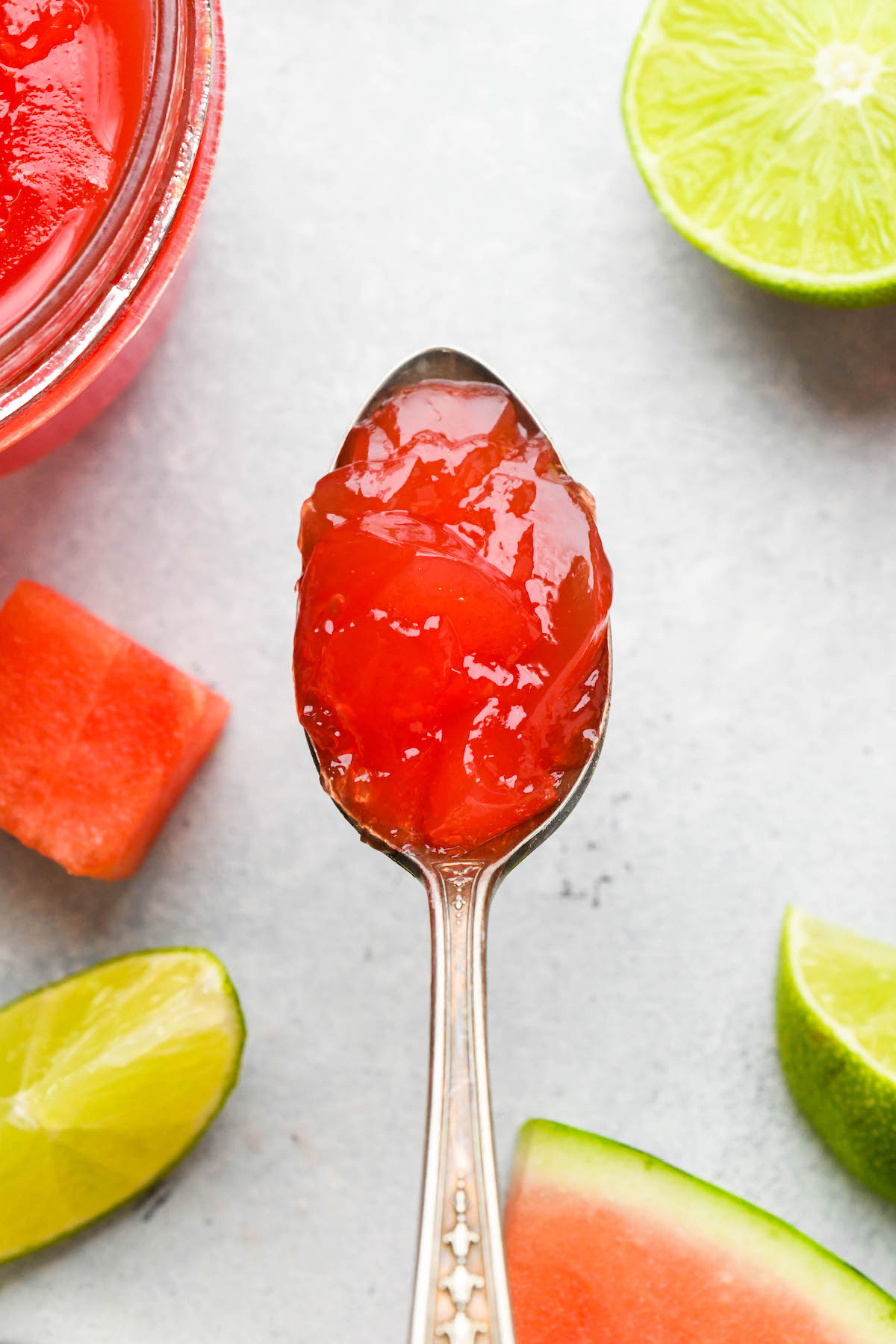
Watermelon Rind Preserves
Think of this more or less as a watermelon jam made with rinds. It’s called a “preserve” because it doesn’t contain pectin, so it won’t “gel” like most jams do.
Still, it’s a delicious preserve that’s perfect on toast or on top of your morning waffles.
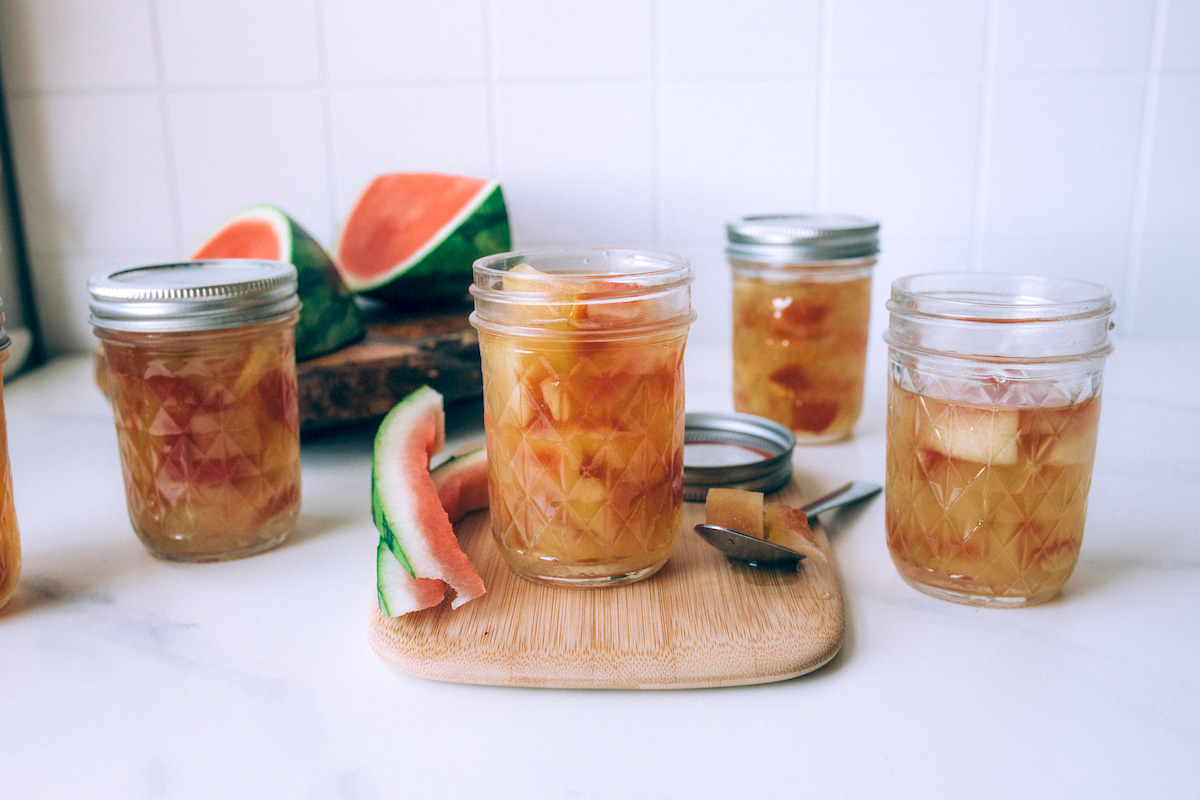
Watermelon Rind Pickles
The classic, old-fashioned watermelon rind pickles that most people remember great grandma making in the summer months are flavored with cinnamon and lemon zest.
They come out warm with the cinnamon spicing, and bright from the lemon zest, with plenty of acidity for a little zing, and a lot of sugar to sweeten things up (and firm the watermelon rinds).
Of course, there’s salt too, but watermelon is always better with a little salt (just ask grandpa).
- Classic Watermelon Rind Pickles
- Watermelon and Maraschino Cherry Pickles
- Watermelon, Cucumber, and Jalapeno Pickles (The All New Ball Book of Canning and Preserving, pg. 222) ~ This recipe, isn’t online yet, sadly. I’m going to make it later this summer to share with y’all.
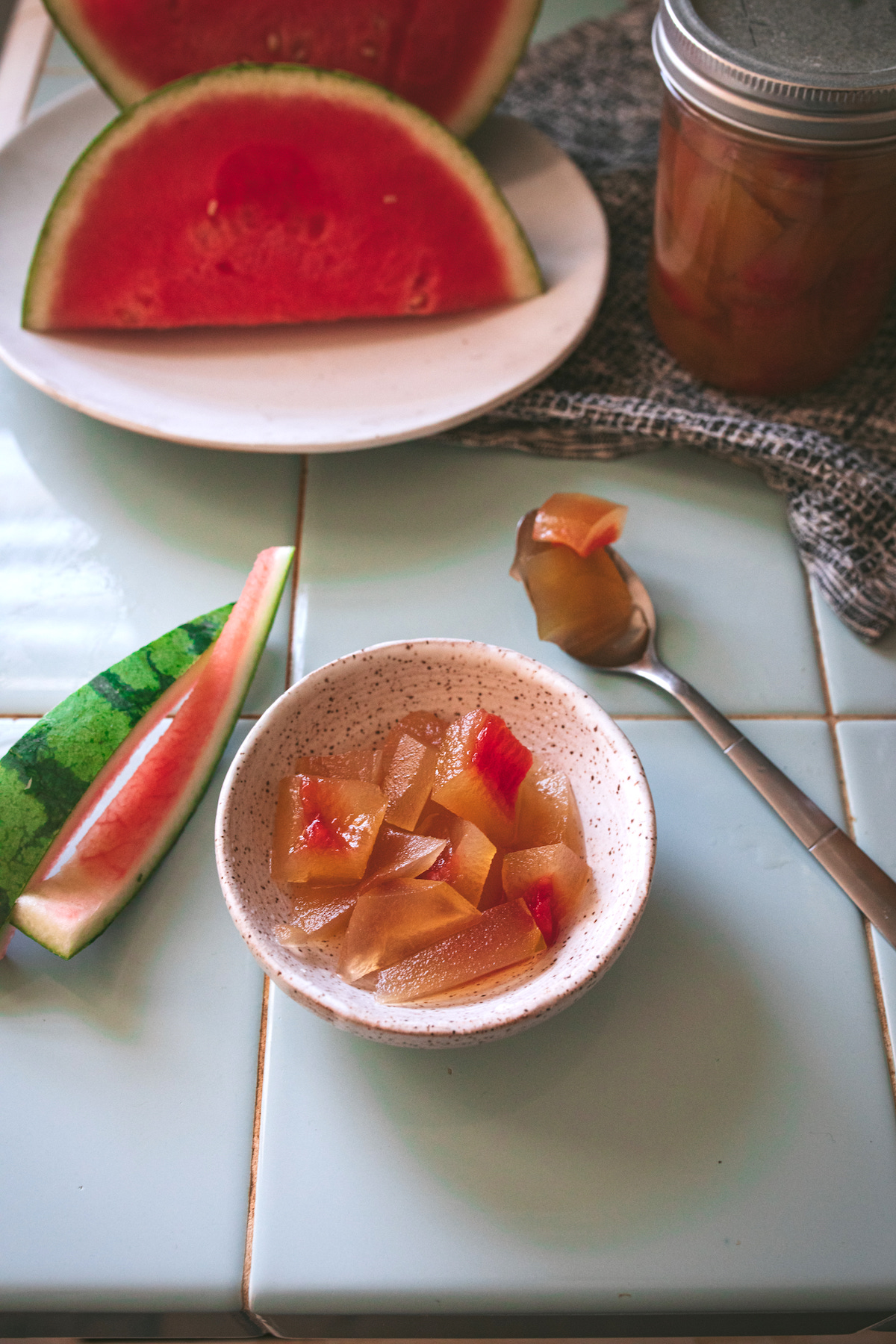
Watermelon Rind Relish
While watermelon rind pickles are well known, a relish might actually be more useful.
The recipe is similar, but the rinds are chopped finely so that it works well as a topping for all your summer BBQ favorites.
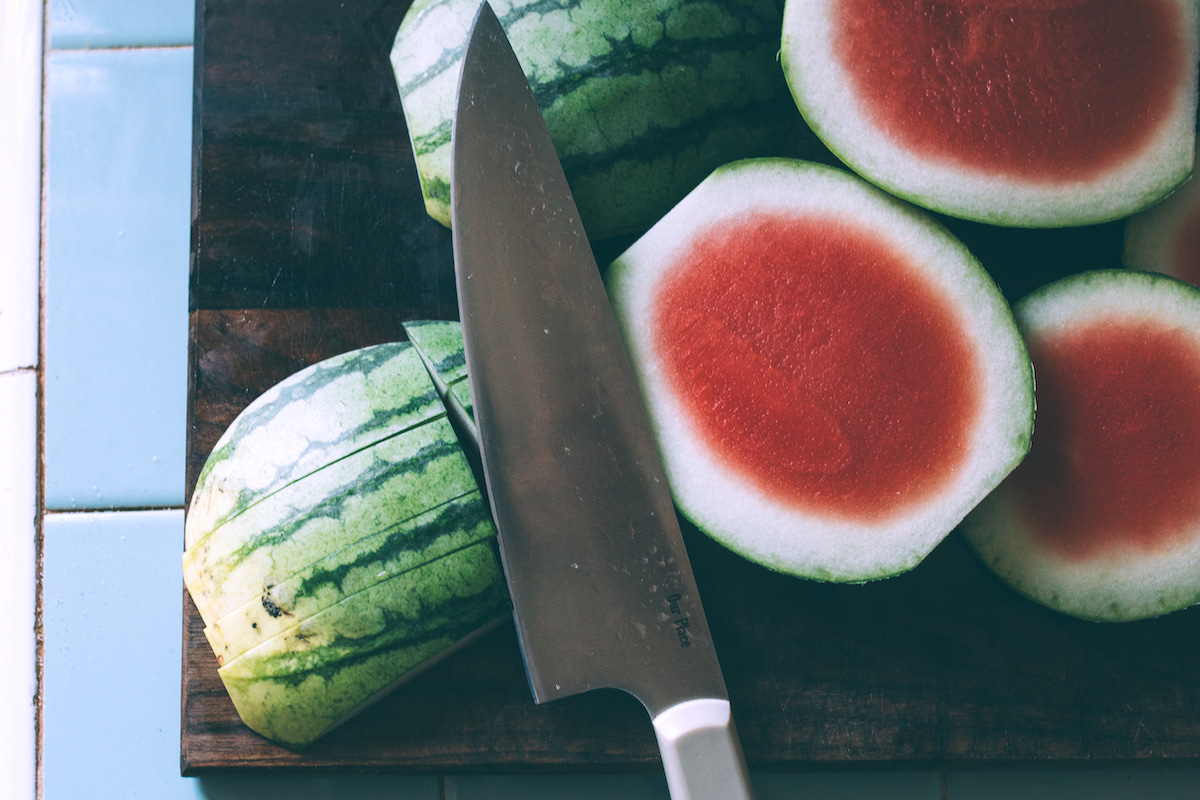
Canning Watermelon Chunks
I’m often asked if you can can watermelon chunks the same way you’d can peaches or pineapple, but unfortunately, watermelon just doesn’t hold up to canning. The fruit isn’t acidic enough on its own, and it falls apart when heated. Even if you added lemon juice or canned it in something acidic (like pineapple or orange juice), the texture would break down.
What you’d end up with is a jar of pulp separating out from the juice. The pulp tends to clump together in a mat, which could actually interfere with safe heat penetration in the jar and prevent the acid from fully dispersing. That makes it both a safety issue and a quality one.
If you’re absolutely set on trying, the closest tested recipe would be something like the zucchini in pineapple juice method. But I’ll be honest—it won’t taste like watermelon anymore. Instead, it’ll just taste like pineapple with a bit of watermelon fiber.
So while I wish I had better news, watermelon chunks simply aren’t a good candidate for home canning. For the best flavor and quality, it’s better to stick with tested recipes for watermelon juice, jelly, or pickled rind.
Canning Recipe Lists
Looking for more canning ideas?
- 100+ Canning Recipes from A to Z
- Pressure Canning Recipes
- Meat Canning Recipes
- Soup Canning Recipes
- Meal in a Jar Canning Recipes
- Vegetable Canning Recipes
- Fruit Canning Recipes
- Tomato Canning Recipes
- Zucchini Canning Recipes
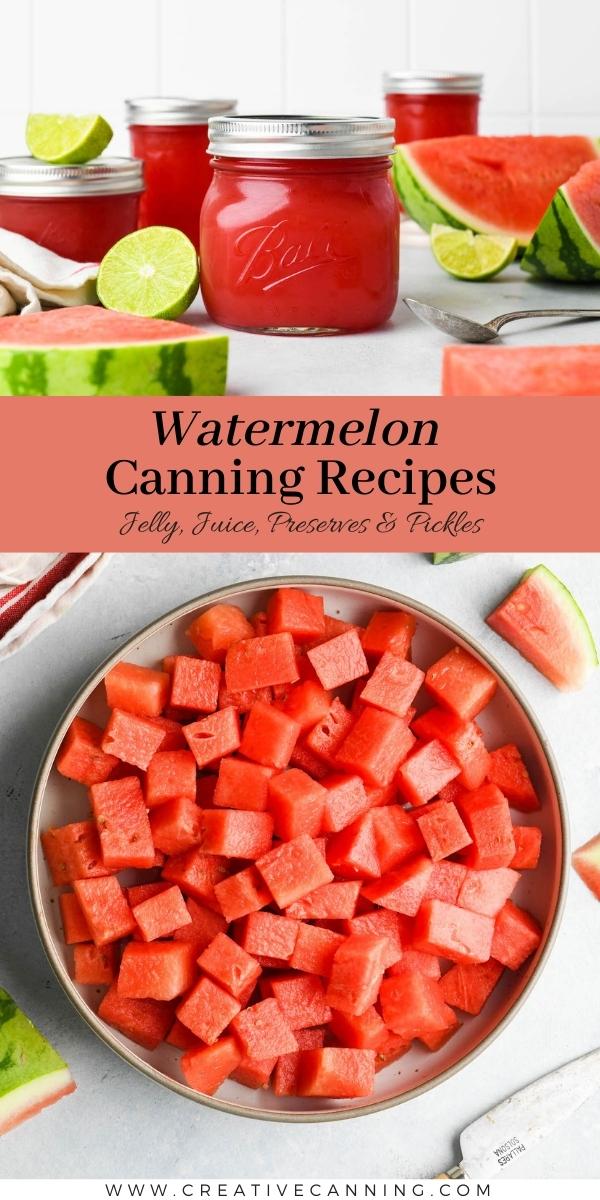
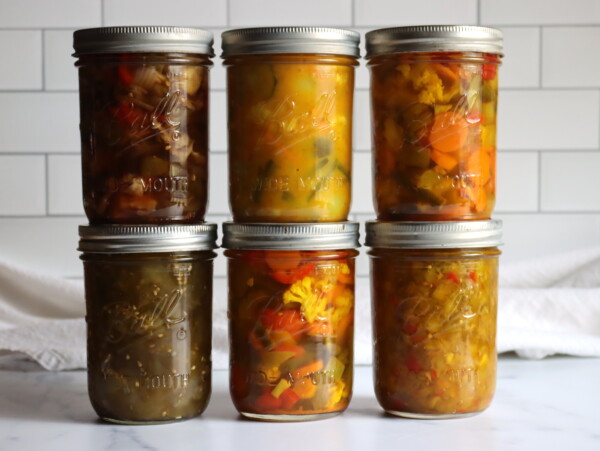
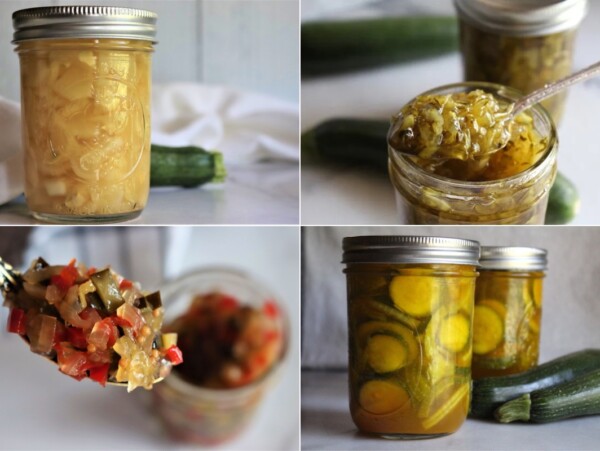
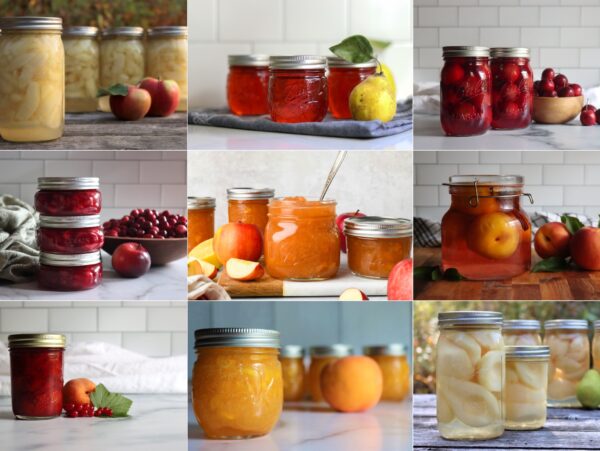

Hi! I’ve loved all your recipes I’ve made thus far but I’ve struggled with this one. Hoping, without pictures, you will understand and be able to set me straight.
I did two batches of this recipe. The first I now know I incorrectly did as I used regular sure jel instead of low sugar. The result was fruit “stuff” settling toward the top of the jar in awkward shapes. (Awesome for Halloween but not great otherwise). I will try to re do per your instructions you made in response to another question about saving the jelly.
The second batch I made with liquid pectin per those same instructions (ratios and all). This batch turned out with “solids” floating throughout the jelly (rather than settling at the top of the jar). Looks better but still isn’t like your pictures nor what I’d expect of jelly.
Where am I going wrong?
Hoping this makes any sense!
Thanks Megan
It sounds like you have a lot of fruit fiber in your juice? Did you filter it through multiple layers of cheesecloth? Really, it should be a clear juice with no fiber in there to float around. Try a finer filter? And if that doesn’t work, maybe a different kind of watermelon? That’s the best troubleshooting I have for that issue…as I had a pretty clear juice with no fiber and it set nicely as a uniform jelly. Hope this helps, and let me know how it goes if you try again.
Love your canning expertise that you share.
I’ve been looking for a recipe for watermelon jam. Don’t prefer jelly which I saw you had that recipe.
If you could point me to where the watermelon jam recipe is located I would appreciate it.
Thanks much.